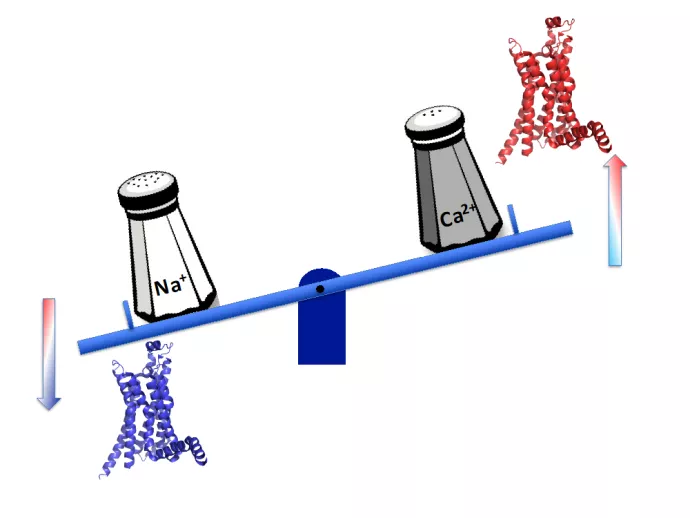
Tipping Cell Signaling Pathways by Salts
It might surprise you to know that vision, smell, and the plethora of emotions you experience in a given day are all masterfully regulated by a family of protein receptors called GPCRs. These receptors are complex molecular machines that are switched on by light, small hormones, odorants, and other ligands. While GPCRs have triggers their response is at the same time regulated by other factors in the cell – namely salts.
And now that high resolution structures of GPCRs are becoming more readily available, we are beginning to understand where these salt ions bind and how they change the response of receptors in almost every facet of cell signaling.
In a paper appearing this week in the journal Nature Communications, https://rdcu.be/K6FI, the Prosser lab and collaborators were able to get one step closer to understanding how salt ions slow down or speed up the action of GPCRs in cell signaling. In this study, a technique called NMR provided a way of identifying states of the receptor that were “on”, “off”, and somewhere in between. It turns out that there are conserved binding pockets for ions such as sodium and magnesium and when engaged, these modify how these machines signal.
The detailed NMR observations on both the receptors and on the salts themselves provides new insights into their mechanism of action but also into new ways of drugging GPCRs. Many labs are now taking aim at these cation pockets with drugs that displace the salts and take over signaling.
